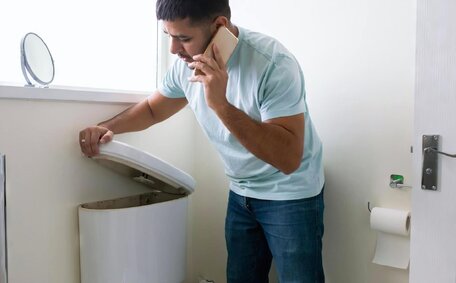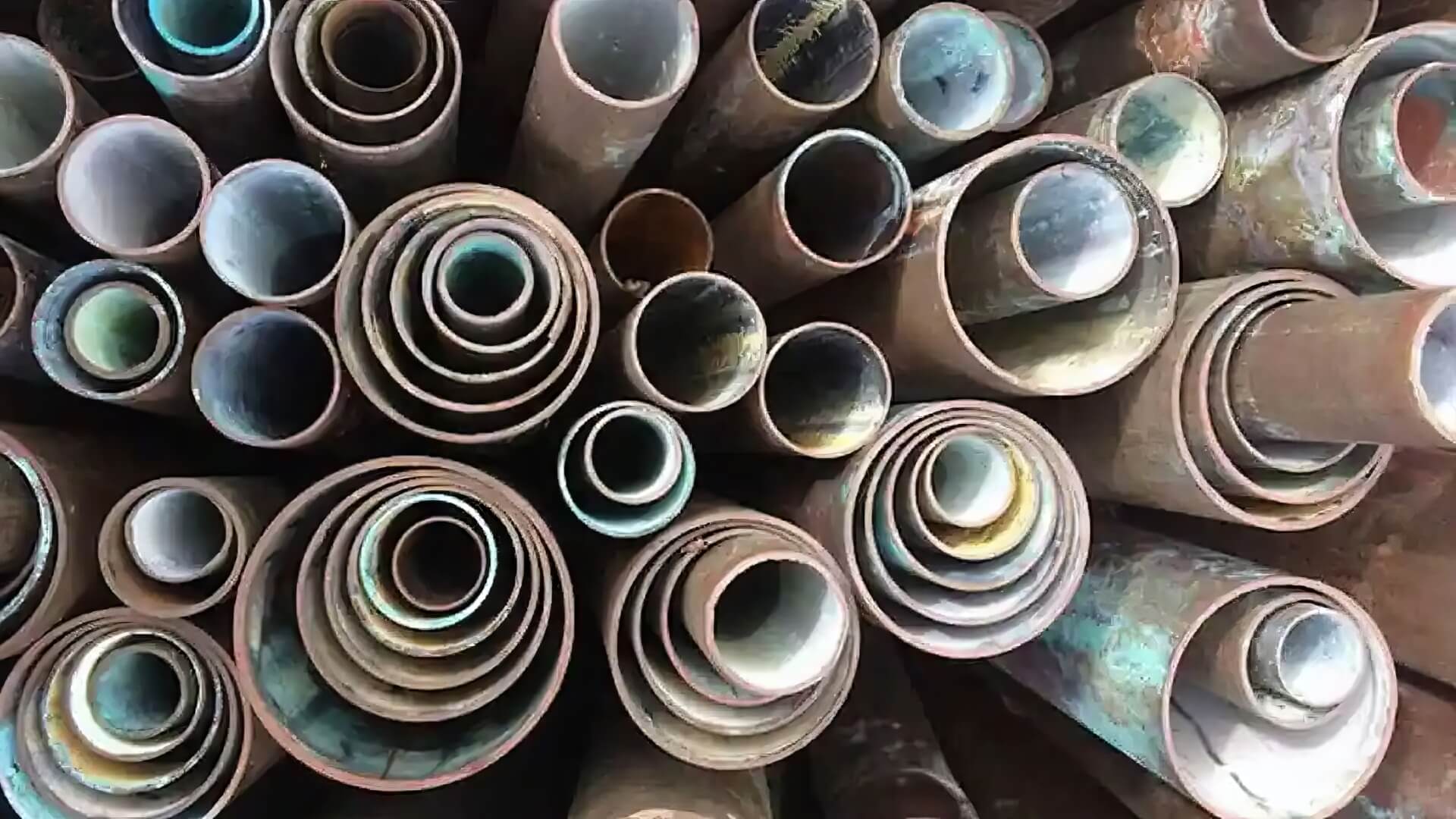
10 Signs Your Hot Water Heater Will Fail
If your water heater is old, leaking, rusty, noisy, not heating water properly or has low pressure, it could fail soon. Get your hot water system inspected today.
Read MoreTo safeguard your property during winter, employ the following strategies to prevent frozen pipes and sidestep costly repairs:
Maintaining appropriate heat and preventing cold air ingress through exterior walls greatly reduces the risk of your plumbing freezing. If freezing does occur, shutting off the water promptly is key to avoiding major pipe damage and costly repairs down the line.
Properly insulating your water pipes is crucial for preventing heat loss, avoiding frozen pipes, and protecting your plumbing from damage during cold weather. Here are key steps for insulating pipes:
Effective insulation is key to preventing pipes from freezing by repelling the cold. Ensuring your boiler and heating system work flawlessly to provide even heat helps guard against frost inside your property. Alongside other methods, insulating water pipes is vital to protect your system and avert costly damages when cold weather leads to freezing.
To keep your heating at a consistently warm level in your house is critical to protect the water in your pipes from freezing. Ensure your thermostat is set to at least 13°C, whether you’re home or not.
Allowing temperatures to get too low, especially overnight and for prolonged periods, causes pressure builds up in the pipes, greatly increasing the chances of freezing. As water freezes and expands, intense pressure can build up in a pipe, potentially causing it to burst.
If you have areas of your home that tend to be cooler, such as a garage, attic space or a draughty room, consider keeping portable space heaters running on low to maintain temperatures above freezing.
Unheated crawl spaces or exposed pipes running along exterior walls are also prime areas for freezing to occur. Warm vital areas, secure openings to create a barrier against cold air intrusion, and insulate pipes to maintain warmth within living spaces.
By keeping your home’s temperature warm and avoiding drastic drops below 55°F (13°C), you lessen the peril of a frozen pipe icing up and shield against the consequences when frozen pipes burst, thereby preventing urgent plumbing fixes.
Identifying frozen pipes before they burst can prevent considerable water damage. Warning signs include:
Recognising these signs early can help identify the issue; quickly shut off the water and cautiously warm up the area to reduce the chance of water damage. Opting to call on the expertise of a licensed plumber, such as our crew at Mortdale Plumbing without delay, can also forestall your pipes from bursting and leading to substantial leakage.
Finding your pipes encased in ice requires careful thawing to safely restore water flow. Here are some do’s and don'ts when thawing frozen pipes:
If you struggle to find the frozen section or experience a pipe issue, act quickly to secure your pipes and shut off your main water supply. Remember, Mortdale Plumbing is ready to assist with stopcocks and any emergency burst pipe issues.
Addressing frozen or burst pipes promptly is crucial to prevent significant water leaks and potential flooding. Heeding the advice, rapid response is essential, thus reach out to our team at Mortdale Plumbing at once for evaluation and prerequisite fixes.
Depending on the location and severity of pipe damage, repairs may involve pipe replacement, drywall/ceiling repairs from water exposure, mould remediation if leakage was prolonged, etc. We have experience managing a wide range of freeze damage repair scenarios.
It’s crucial to assimilate knowledge on how prevent frozen pipes in future instances that pose a risk to your plumbing. Our skilled team can provide guidance on ways to insulate pipes tanks and susceptible plumbing, manage suitable warmth during chilly episodes, and set up devices designed to prevent pipes freezing.
We recommend our annual pipe inspection and winterization service. Our techs will seal drafts, check pipe insulation, and make certain your plumbing is fortified, learning how to keep pipes from freezing in the impending cool months.
Don’t delay - act quickly to address frozen and burst pipes before they lead to a significant plumbing emergency. Call Mortdale Plumbing today at 1300 349 338 or email jobs@mortdaleplumbingservices.com.au to schedule pipe freeze damage repair or prevention services.
If your water heater is old, leaking, rusty, noisy, not heating water properly or has low pressure, it could fail soon. Get your hot water system inspected today.
Read MoreIf you have plumbing fixtures that are over 10 years old or showing signs of wear like leaks and cracks, it’s important to replace them to prevent more costly water damage in the future. Replacing worn fixtures improves water efficiency.
Read MorePipe relining is a trenchless method that renews pipes from the inside out. It involves draining, drying and scrubbing the pipe interiors before applying materials like silicone, PMMA or epoxy resins to create a resilient, soft, temporary liner inside the existing pipes.
Read MoreMortdale, 2223 NSW
We will call back as soon as possible.




